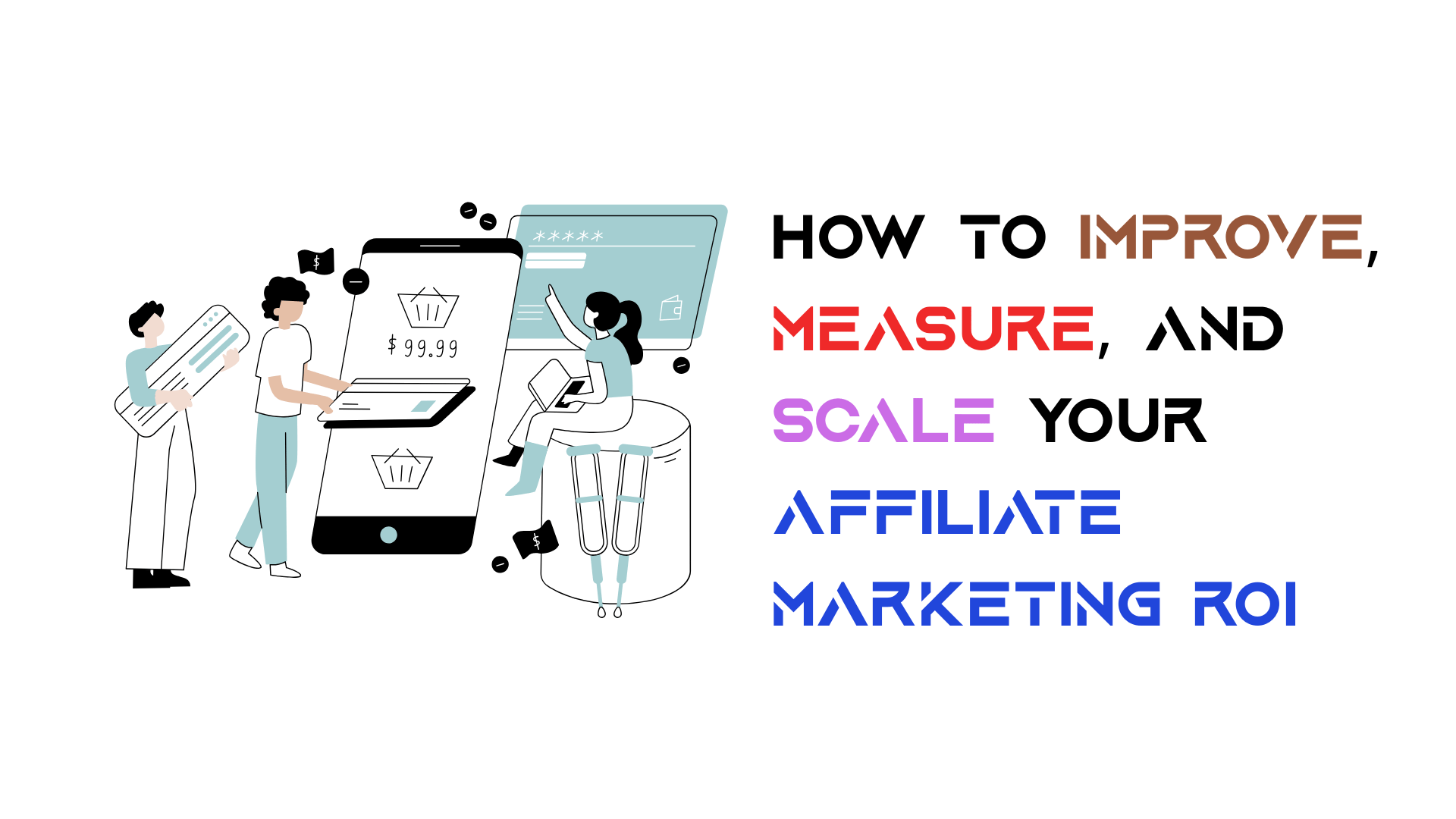Key Behavioral Insights for Lead Conversion Optimization

When you understand what motivates buyers in your niche, your business will grow and outpace the competition. When you know what motivates your buyers, you can create a responsive experience that appeals to them. Behavior analytics will help you pinpoint the areas of your website that need a little makeover.
The Importance of User Behavior Analytics
User behavior analytics is all about tracking how users interact with your website. That includes interactions such as page visits and clicks, how long they spend on specific sections, how often they visit your website when they visit, and what links they click on.
Pinpointing the winning formulas and areas for growth becomes dramatically easier once you examine the interplay of these interactions closely. For instance, if users are leaving your site quickly, it might mean your landing page needs some work.
Applying Analytics in the Legal Sector
One area where user behavior analytics is making waves is in the legal industry. What if law firms could do more with less? That's the promise of data, which is helping attorneys zero in on what matters most and deliver top-notch service to clients.
For example, they might use analytics to optimize online claim forms and ensure clients have a smooth experience when making a lost wages claim after a car accident. By focusing on client satisfaction, law firms can kill two birds with one stone: have happier clients and a more streamlined operation.
Proven Analytics and Conversion Techniques in the Legal Industry

Law firms can use several proven techniques to boost their service efficiency with user behavior analytics:
1. Heatmaps
These show where users click the most on a website; their primary advantage is that you can use the data to optimize the layout and positioning of important information. Harnessing this discovery can help you create a user interface experience that prioritizes clarity, accessibility, and a seamless flow that keeps visitors coming back.
2. A/B testing
Firms can test two versions of a webpage to see which one performs better. A fresh take on form design might be what you need to drum up more responses and increase submission rates. For example, you can create two different pages for people making a lost wages claim and see which one they respond to the most. Constantly iterating on these tests helps firms fine-tune their online presence.
3. Customer Journey Mapping
This involves mapping out the user's journey from landing on the site to taking the final action. Mastering the steps of this journey lets you take a hard look at where things go wrong and tackle those problems upfront. Seeing the whole picture allows us to craft an experience that's holistic, human, and, above all, exceptional.
Key User Behavior Metrics to Track
To get the most out of your analytics, here are some key metrics to keep an eye on:
1. Bounce Rate
This measures the percentage of visitors who leave after viewing just one page. A high bounce rate might mean your landing page experience isn't engaging enough, user-friendly, or loading correctly.
2. Conversion Rate
The conversion rate indicates how effective your site is at convincing visitors to take action: this number shows the percentage of your audience who make a purchase or complete another key task. If you are curious about which tactics are paying off, a quick review of your conversion rates will give you the answers you need.

3. Average Session Duration
This shows how much time users spend on your site. When users cruise through longer sessions, it's not a coincidence; they're simply engaging with content that hits the spot.
4. Click-Through Rate (CTR)
CTR measures how many people click on a specific link or call-to-action compared to how many see it. If your CTR is low, it could be a sign that your CTA needs to be more compelling, optimized, or better positioned.
Using Analytics to Enhance User Experience
Improving user experience is key to converting leads into customers. Think of analytics as a lie detector for your website; it alerts you to what's really working and what's sadly turning users away, which lets you rearrange things to suit their desires.
For instance, if data shows users frequently search for specific legal services, firms can make that information more accessible on their homepage. Beat boredom and alienation by adopting a forward-thinking strategy that reverses bounce rates and fires up interaction.
Conclusion
Who are your users, really? Data analytics holds the key to understanding their behavior, and that understanding is crucial to driving conversion rates through the roof and crafting a wow-worthy experience.
By leveraging tools such as heatmaps, A/B testing, and customer journey mapping, businesses and law firms alike can identify pain points, optimize their strategies, and ensure that every interaction leaves a positive impression.
Ultimately, user behavior analytics isn't just about crunching numbers-- it's about translating those insights into actions that resonate with your audience. When you can anticipate user needs and tailor your website accordingly, you build trust, encourage loyalty, and create a competitive edge. The deeper your understanding of user behavior, the better equipped you are to design a website that doesn’t just attract visitors but converts them into satisfied clients.





